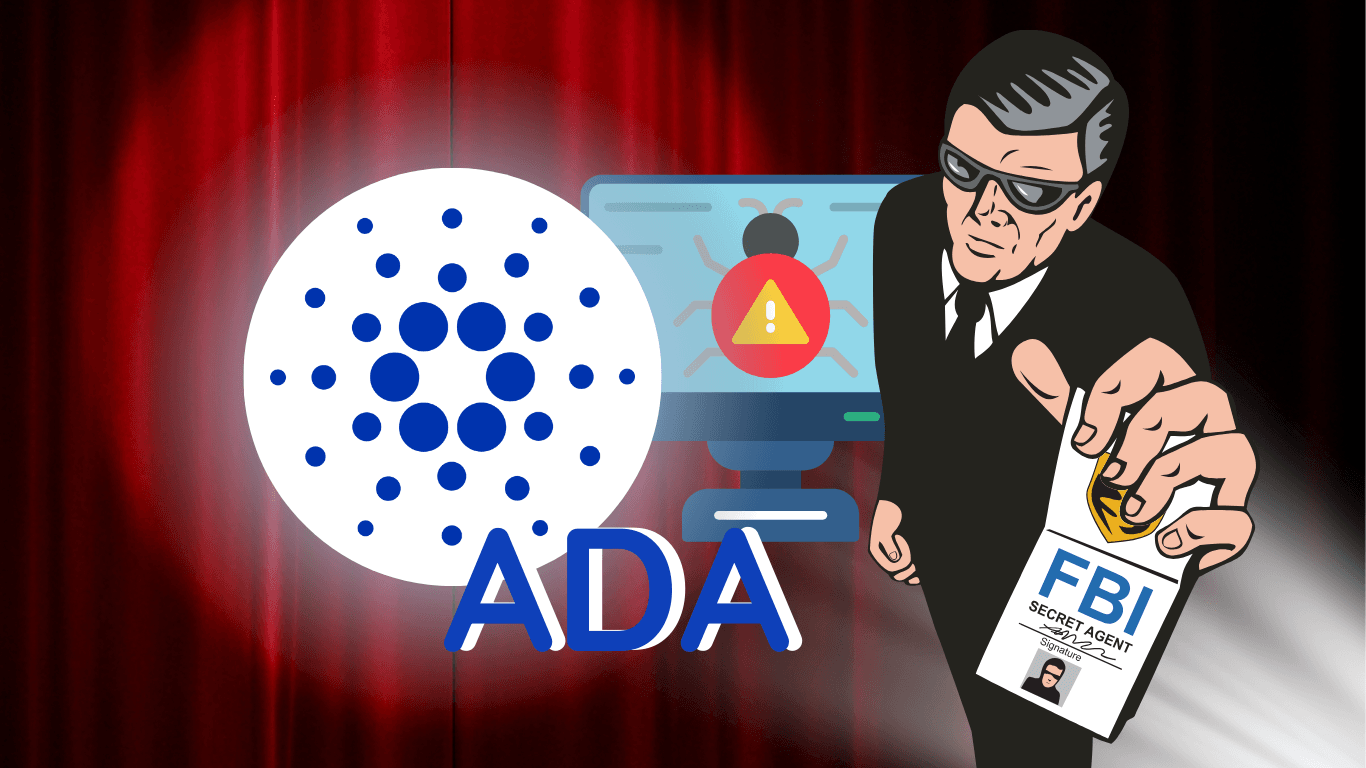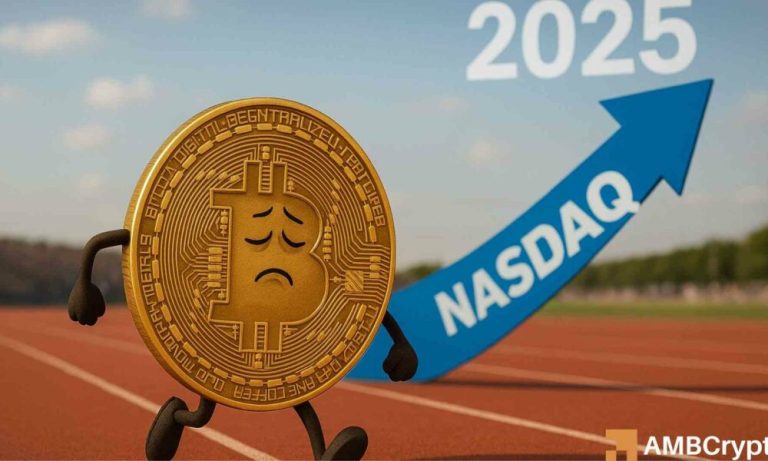
The Cardano (ADA) ecosystem, one of the most robust blockchain platforms, recently faced an unprecedented network disruption. A rare software bug triggered a temporary split into parallel blockchains, raising concerns about the safety and reliability of blockchain networks.
What Happened During the Cardano Network Split?
A staking pool operator, known as “Homer J,” unknowingly triggered a long-dormant bug within the Cardano system. By submitting a delegation transaction using an AI-generated code snippet, the operator caused inconsistencies in how network nodes validated the chain. This issue resulted in the blockchain dividing into two concurrent versions.
Although rare, such events highlight one of the most severe risks in the blockchain sphere: a disruption in consensus. In this case, some network nodes accepted the transaction while others rejected it, briefly fragmenting Cardano’s blockchain.
The Immediate Impact and Solutions
The consequences of the network split were significant, though contained:
- Temporary disruption of Cardano’s transaction validity.
- Risk of double-spending due to conflicting transaction histories.
- Orphaned transactions that rendered certain actions invalid.
Fortunately, rapid intervention by developers and staking pool operators prevented broader damage. A critical software update was immediately rolled out, and the blockchain reconverged back into a single network. This quick response ensured stability and avoided larger market disruptions.
FBI Gets Involved: Was It an Attack?
In a surprising development, Cardano’s founder, Charles Hoskinson, announced that the FBI had been notified about the incident. He described the network split as a potential criminal act, suggesting malicious intent could have been involved. However, “Homer J” took responsibility, explaining that the transaction was unintentional and highlighting the risks of using AI-generated code improperly.
This incident puts the spotlight on the accountability and transparency required in decentralized systems. It also raises questions about how legal frameworks will handle blockchain-based disruptions in the future.
How Did This Impact ADA Prices?
Despite the gravity of the event, the market reaction was relatively calm. ADA, Cardano’s native cryptocurrency, saw a slight drop from $0.44 to $0.40 but quickly stabilized. The muted market response reflects investor confidence in the team’s ability to address issues and secure the network’s integrity.
Key Lessons for the Blockchain Industry
This event underscores some critical takeaways for blockchain developers and users alike:
- Mature Blockchains Are Not Invulnerable: Even well-established platforms like Cardano can face rare but significant technical failures.
- AI-Generated Code Brings New Risks: Automation might expedite development, but understanding the consequences of generated code is crucial.
- Rapid Collaboration is Essential: The incident was contained rapidly, demonstrating the importance of community coordination.
- Legal Evolution: As blockchains become mainstream, governments and organizations are increasingly treating technical disputes as cybercrimes.
Is Cardano Safe Now?
Yes, the Cardano network has fully stabilized, but this incident serves as a wake-up call. Developers are conducting extensive audits to uncover any additional dormant bugs. Exchanges and staking providers are also reviewing their validation protocols to prevent similar issues. A full post-mortem report is expected from Cardano’s team to ensure transparency and guide future improvements.
For those looking to explore blockchain and cryptocurrency securely, consider equipping yourself with essential tools such as hardware wallets like the Ledger Nano X. These devices provide unmatched security for managing your crypto assets.
Conclusion
The Cardano network split demonstrates the importance of vigilance and quick response in the rapidly evolving blockchain industry. While the event raised concerns, it also highlighted the resilience of decentralized networks when faced with adversity. The industry must continue investing in security, code audits, and transparent governance to address the challenges of this technology moving forward.



